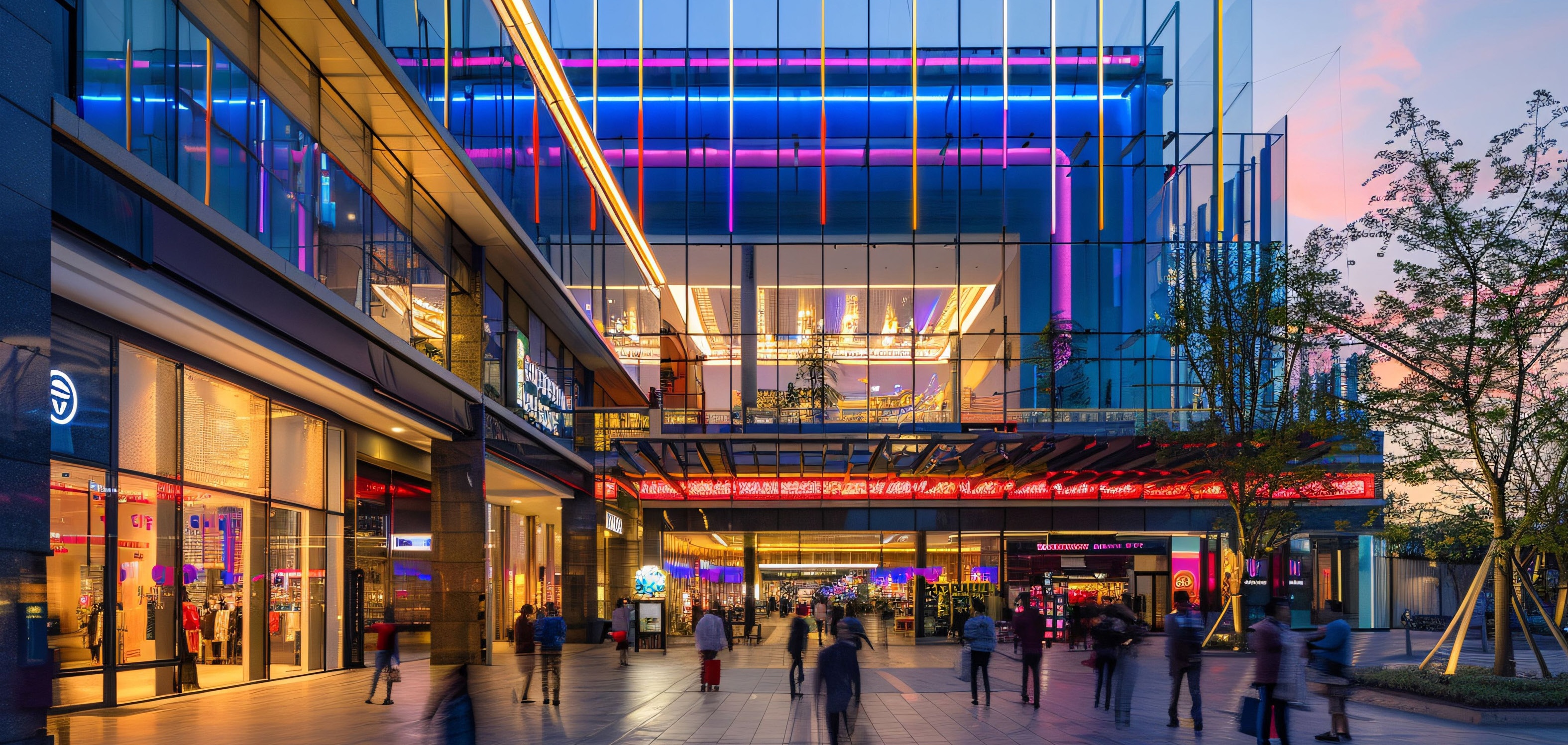Middle-class seeking luxury
 |
Chanel has overtaken Louis Vuitton as Vietnam’s leading luxury brand, according to Vietdata’s latest report on the luxury market, ending Louis Vuitton’s two-year dominance. Results of the report for 2023 were posted online this July.
In 2022, Louis Vuitton’s revenues dropped by 22 per cent to around $72 million, leading to a 38 per cent decline in profits. Chanel, despite claiming the top spot, also experienced a revenue decrease of 13.6 per cent, generating around $76 million, with after-tax profits halving. Chanel currently operates six exclusive stores in prime locations in Hanoi and Ho Chi Minh City.
Christian Dior Vietnam, though not the revenue leader, emerged as the most profitable luxury brand distributor. In 2023, Dior’s revenues reached about $60 million, a modest 9.5 per cent decline from the previous year. Thanks to effective cost management, Christian Dior reported the highest after-tax profit in the exclusive distribution segment, according to Vietdata. The brand manages eight stores across Hanoi, Hoi An, and Ho Chi Minh City.
Gucci Vietnam, by comparison, operates on a smaller scale, with revenues estimated at $40 million in 2022, which then dropped by 30 per cent to around $30 million last year. Gucci experienced the steepest profit decline in the luxury market, with a 77 per cent decrease compared to 2022. The brand currently runs three stores in Hanoi and Ho Chi Minh City.
Smaller players like Prada Vietnam and Ermenegildo Zegna Vietnam report annual revenues of less than $8 million. Despite this, Prada Vietnam was recognised by Vietdata for effective cost control and strategic adjustments, turning a loss in 2022 into a profit. Ermenegildo Zegna Vietnam also achieved profitability for the first time in 2022. Both brands each operate a single store in Hanoi. Despite recent downturns in consumer demand, experts believe these challenges for luxury brands will be short-lived.
World Data Lab estimates that among nine Asian countries expected to see the largest increase in the middle class in 2024, Vietnam ranks fifth, with 4 million people. The middle class currently accounts for about 17 per cent of the population, with the Ministry of Labour, Invalids, and Social Affairs projecting this proportion to rise to 26 per cent by 2026.
Knight Frank reports that by the end of 2022, the number of individuals in Vietnam with a net worth exceeding $30 million reached around 1,060, and are expected to grow to 1,300 by 2027. The number of people with assets over $1 million is also projected to rise by 173 per cent between 2017 and 2027.
According to Statista, Vietnam’s luxury goods market in 2023 was dominated by high-end products such as perfumes, cosmetics, fashion, leather goods, as well as luxury watches and jewellery. The market is expected to generate $992.2 million in 2024, with a steady annual growth rate of 3.1 per cent. The expanding middle class and rising disposable income in Vietnam have significantly boosted demand for luxury items.
However, Kevin Coppel, managing director of Knight Frank Asia-Pacific, advises that luxury brands in Vietnam should not rely solely on wealthy and ultra-wealthy individuals if they seek rapid market expansion.
“The younger middle-class, especially the near-rich with monthly incomes between $900 and $2,400, may not have the same financial clout as the upper class, but they are more numerous and eager to spend,” he said.
Ahmed Yeganeh, country head of Corporate Banking Services at HSBC Vietnam added, “A growing number of young Vietnamese are accumulating assets exceeding $250,000. By 2030, Vietnam is poised to become one of the top 10 largest consumer markets globally, driven by its rapidly expanding middle class.”
What the stars mean:
★ Poor ★ ★ Promising ★★★ Good ★★★★ Very good ★★★★★ Exceptional
 Tag:
Tag:
Related Contents
Latest News
More News
- The Rhythm of Blues – Colours of the Year 2026 (December 06, 2025 | 12:10)
- Pan Pacific Hanoi kicks off 2026 art awards celebrating young and disabled artists (November 06, 2025 | 18:25)
- PREP AI Language Fair 2025 highlights AI-powered language learning (November 03, 2025 | 09:00)
- Hanoi strengthens rabies control and supports transition of dog and cat meat trade (October 28, 2025 | 18:09)
- World-famous Gaia Earth installation touches down at UNIS Hanoi (October 07, 2025 | 13:40)
- Sidecar passion drives Vietnamese motor enthusiasts wild (September 05, 2025 | 09:00)
- Sheraton Saigon unveils artistic mooncake collection for 2025 (August 08, 2025 | 09:00)
- 'Future Designers' contest spreads Vietnamese culture (August 06, 2025 | 14:20)
- Nestlé Vietnam implements NESTGEN 2025 to future proof young people (July 17, 2025 | 14:27)
- UNIQLO’s sustainability strategy behind the brand's global growth (June 23, 2025 | 15:42)























 Mobile Version
Mobile Version